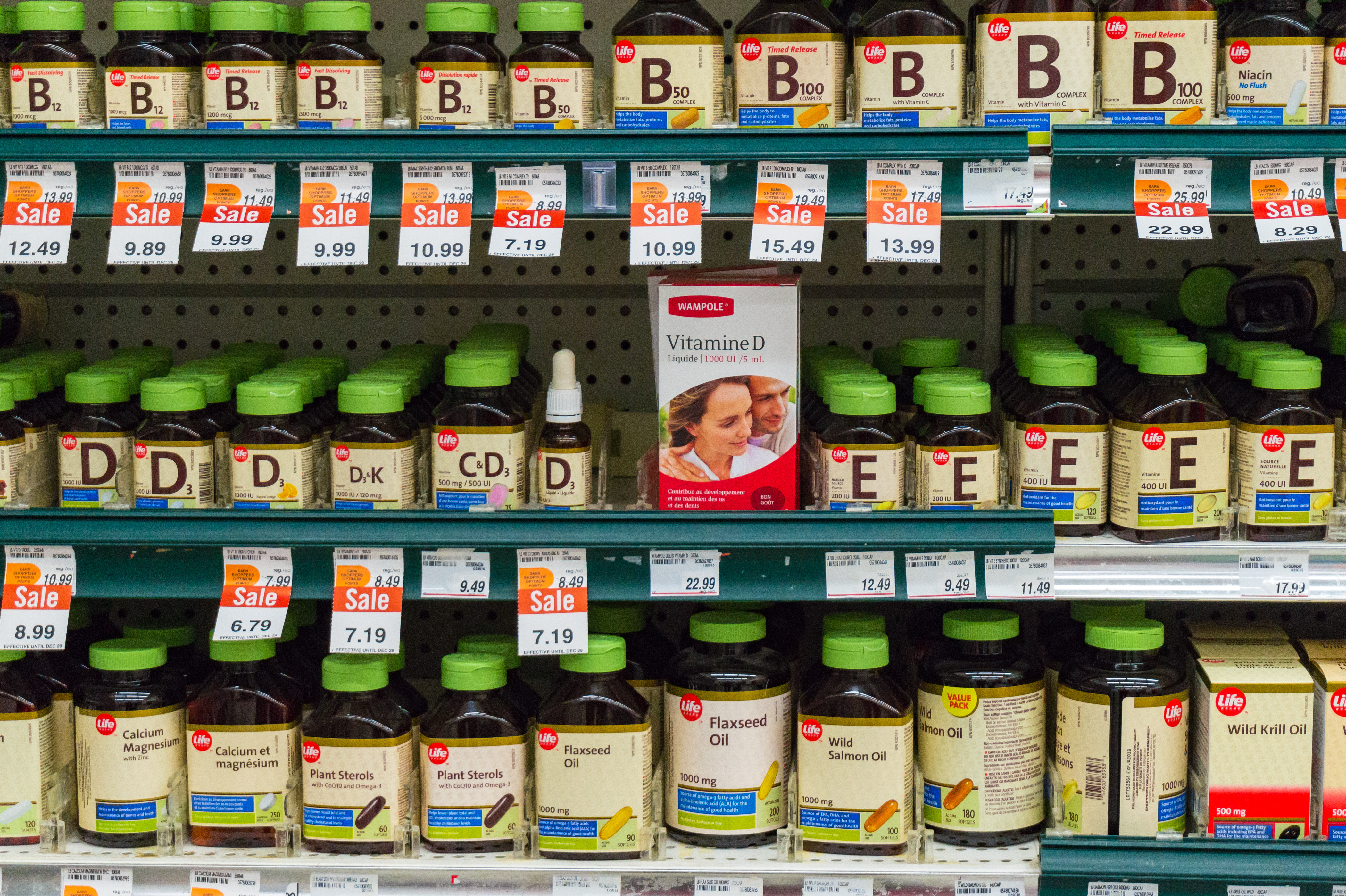There is no such thing as alternative medicine

If you want to sell an idea an opponent is helpful, especially if what you’re selling cannot stand on its own merit. For example, homeopathy creator Samuel Hahnemann had trouble proving his provings offered anything beyond a placebo response. Given his reservations against the medical industry — many complaints were credible — he dubbed any treatment offered by the conventional system ‘allopathic.’
Unfortunately for Hahnemann his philosophy — the less of an active ingredient remains the more powerful a remedy is (once you reach 13c on the homeopathic scale there is no longer any active ingredient left) — is nonsense. While today homeopaths still use ‘allopathic’ as a derogatory sleight against mainstream medicine, they’re only shadowboxing an invisible enemy.
Alternative medicine, which includes homeopathy as well as vitamin and supplement companies and a number of other therapeutic modalities, is a $34 billion a year industry. While these companies enjoy the fruits of loose, and in many cases non-existent, regulations, their argument against allopaths is not the cry of the oppressed, but the desperate pleas of businesses concerned with their bottom lines.
Medicine is medicine. As pediatrician Paul Offit writes,
There’s no such thing as conventional or alternative or complementary or integrative or holistic medicine. There’s only medicine that works and medicine that does not.
This does not stop the irrational stream of unproven (or disproven) therapies arising from the holistic and wellness sphere. While pharmaceuticals and the companies producing them have their own problems, the rigorous standards of multiple trials, years of development and research, and millions of dollars spent are absent in the vitamin aisle of Whole Foods.
Yet many pharmaceuticals are based on similar or even the same botanical substances. At a public hearing on homeopathic product regulation on April 20, 2015, Adriane Fugh-Berman, an associate professor in Georgetown’s Department of Pharmacology and Physiology, points out that homeopathic remedies “can contain snake venom, heavy metals, controlled substances, [and] glandular extracts” that would be considered dangerous if subject to federal regulation.
She points out that Guna Interleukin 12 is labeled for usage as a pain reliever and anti-inflammatory agent for autoimmune disorders. The remedy contains ingredients usually placed under intense scrutiny when used by pharmaceutical companies, but since the producer, Guna Interleukin Remedies, sidesteps regulation by utilizing the homeopathic loophole, consumers are ingesting potentially dangerous dosages.
When I asked the FDA why this oversight exists, press officer Lyndsay Meyer referred me to her agency’s regulations, which refer to the “unique nature of these drug products.” Thanks to an amendment in 1983, homeopathic drugs are exempt “from the requirement for laboratory determination of identity and strength of each active ingredient prior to release for distribution.”
Hahnemann believed the less of a substance in the remedy, the stronger it is. Thus a partially diluted proving is not that strong while one containing no active ingredients is very powerful. Problem is, active ingredients matter. A recent report notes that one homeopathic teething pill resulted in more than 370 adverse reactions in children over a ten-year period.
This supposedly weak remedy is labeled 6X, meaning some of the active ingredients remains. One ingredient, Belladonna, is diluted at 12X (still active in mixture), which has a series of side effects, including GI infections and blockage, increased high blood pressure, and increased fever.
As Offit reports, 50 percent of Americans use alternative medicines while 10 percent give it to their children. While the FTC stepped in last year to plug a regulatory hole in homeopathic labeling, the legalese used by vitamin and supplement makers is confusing to consumers who read the large type on bottles and think their flu symptoms will be alleviated or, worse, that chelation cures cancer.
As health and wellness are wrapped into the fitness industry the science is only getting more confused. Just yesterday I walked by a center in Santa Monica that offers aerial silk and yoga classes, massage therapy, and IV vitamin drips. For $175 an hour you can have high doses of vitamin C, zinc, and lysine pumped into your bloodstream after Pilates, even though elevated levels of all three of those substances can cause numerous gastro-intestinal problems. Distrust in one doctor should not imply blind faith in another.
While supplements, vitamins, and superfoods are touted as cancer-fighting, antioxidant-boosting wonder drugs, the science is less enthusiastic. Offit writes,
Studies have now shown that people who take large quantities of vitamins and dietary supplements with antioxidant activity are more likely to have cancer and heart disease and die sooner.
Hahnemann helped inspire a holism movement championing Hippocratic philosophy during an important transition in medical history. The emergence of biochemistry, neuroscience, germ theory, disease specification, and molecular genetics made the invisible world visible. Widespread usage of antibiotics and vaccines offered humans an evolutionary thrust forward in biological knowledge. Suddenly a hostile planet became that much less daunting.
Yet a growing suspicion of corporate and political interests in the sixties inspired a new wave of holism that’s gaining strength a half-century later. We’re right to be wary of corporate agendas and political mismanagement when it comes to healthcare. Still, this does not excuse an entire industry pimping products with little to no scientific backing that’s taking advantage of regulatory loopholes.
The reality is the most basic advice—move often and diversely; eat a balanced, whole foods diet — is boring in an age of immediate gratification. People would rather sprint with a wonder-pill than put their head down for a marathon, and too many charlatans are stepping in to pretend they’ve developed that pill.
As Offit concludes, there’s a problem when we celebrate Suzanne Somers — a saleswoman and industry unto herself — while only occasionally acknowledging the groundbreaking work of Siddhartha Mukherjee, a biological scientist, physician, and Pulitzer Prize-winning author. There are many incredible men and woman devoted to finding medicine that works. The alternative is suffering, something many companies and hucksters willfully champion at a time when we can all use less of it.
—
Derek’s next book, Whole Motion: Training Your Brain and Body For Optimal Health, will be published on 7/4/17 by Carrel/Skyhorse Publishing. He is based in Los Angeles. Stay in touch on Facebook and Twitter.





